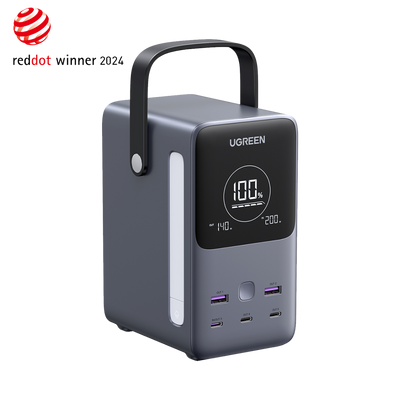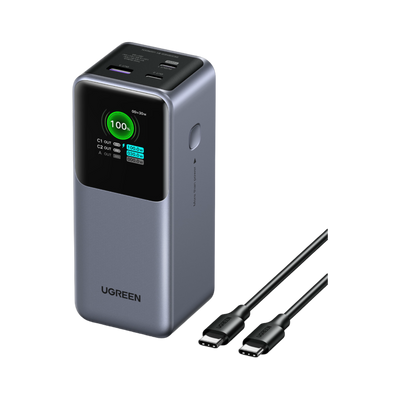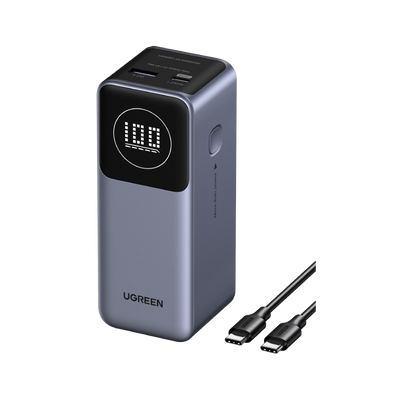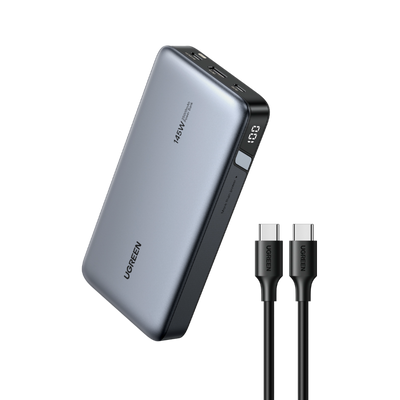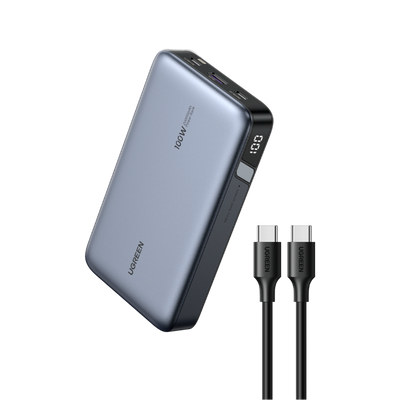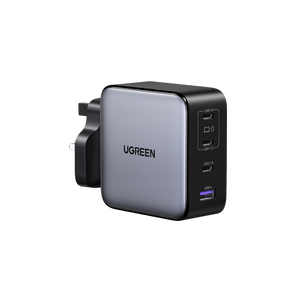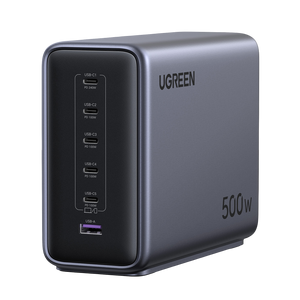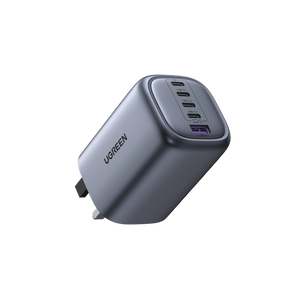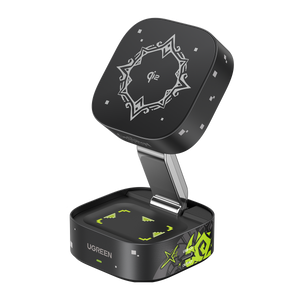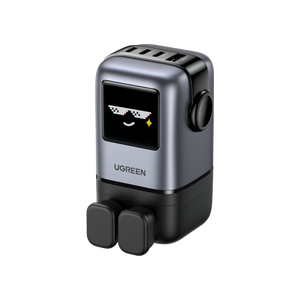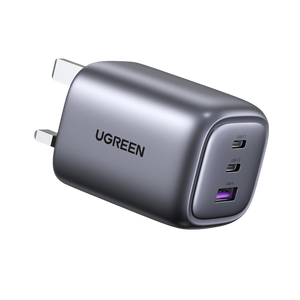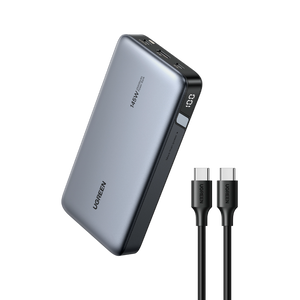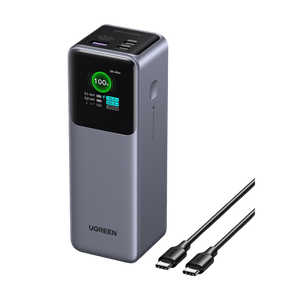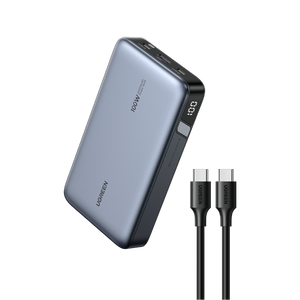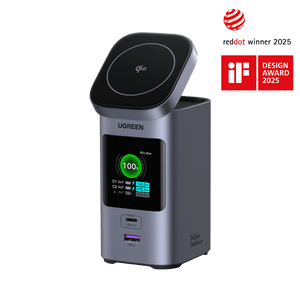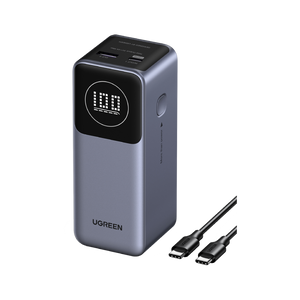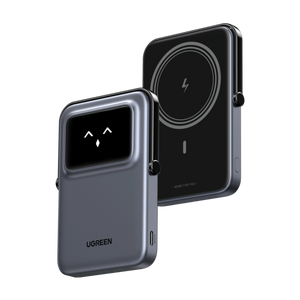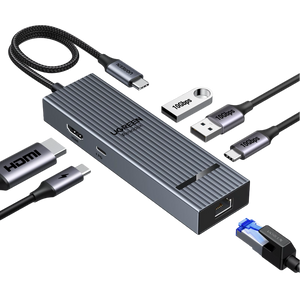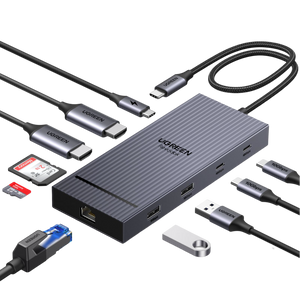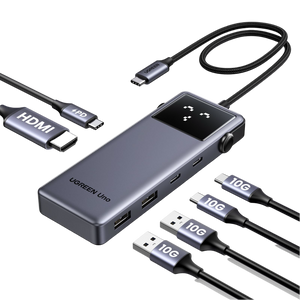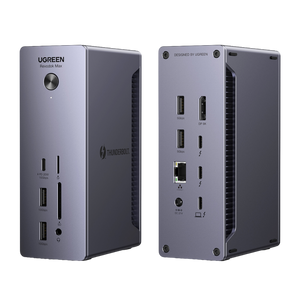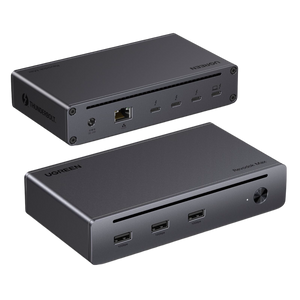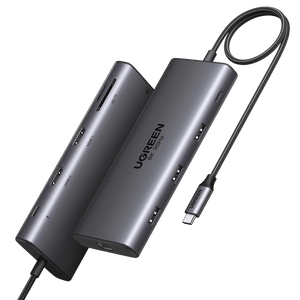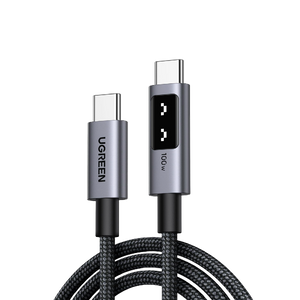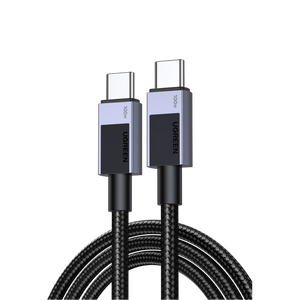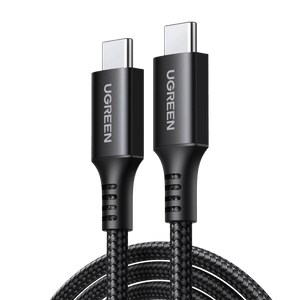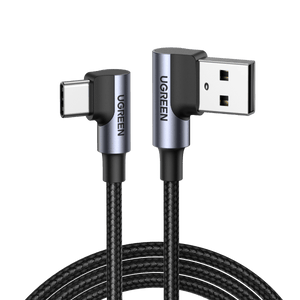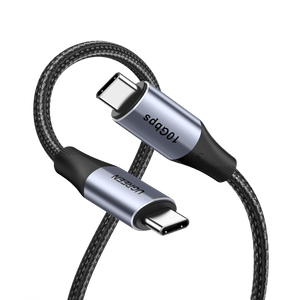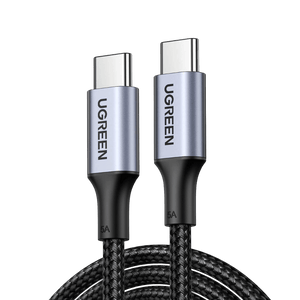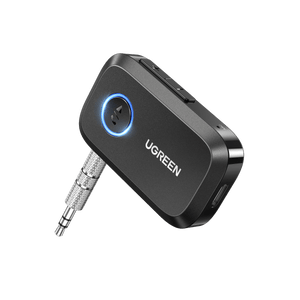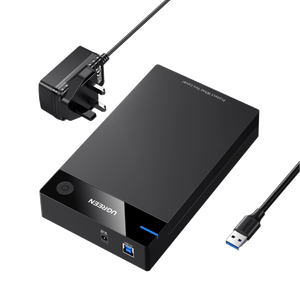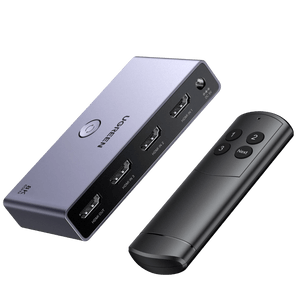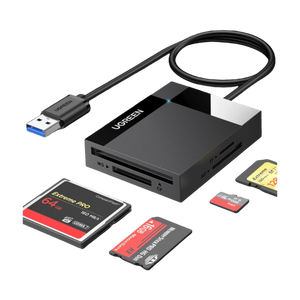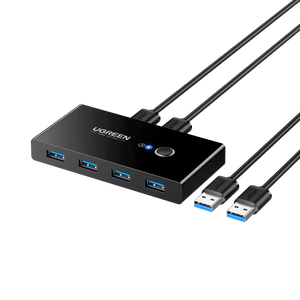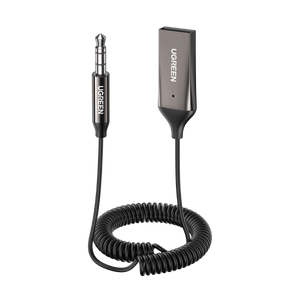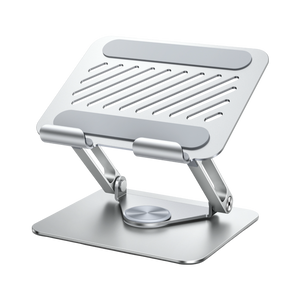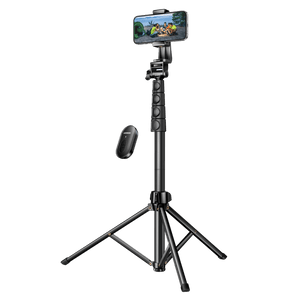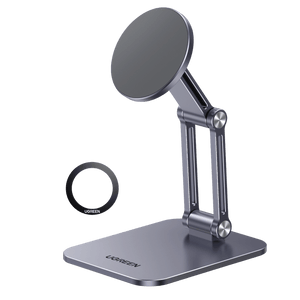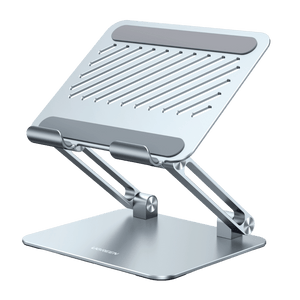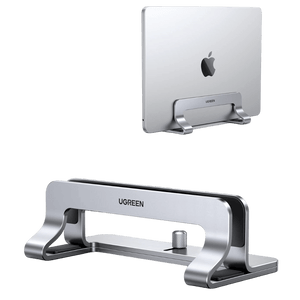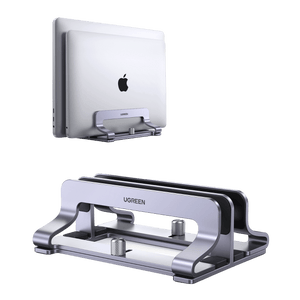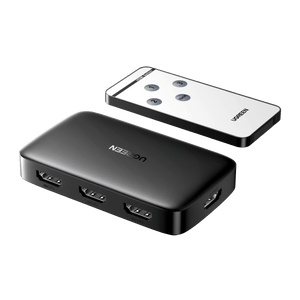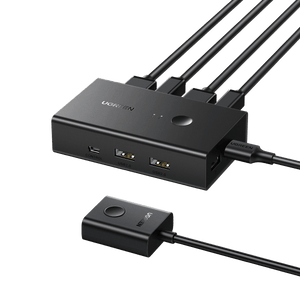Understanding mAh: What does mAh mean on a battery?
Batteries have a significant effect in our lives, especially in today’s technologically dominating world. Without batteries, your mobile devices, laptops, and cars would cease to function.
It is critical for many people to understand the amount of electric energy a battery can hold to guarantee its longevity and capability, but what exactly do you need to confirm the amount of power you will gain when making your battery purchase? You need to check its mAh.
However, what does mAh mean on a battery? Let us take a deep dive into this blog post to know more.
What is mAh?
mAh means Milliamp Hour. It is a unit to measure a battery’s electric charge and the amount of electrical energy it can preserve. It is one of the most crucial factors when selecting a battery device since it can help you understand the battery’s capacity, and how long it can potentially last before recharging.
mAh represents the longevity of a battery before recharge. So the higher the mAh in a battery, the longer it will last.
If you do not have the mAh, but have the battery's voltage and its watt-hour rating, you can calculate its mAh by multiplying its watt-hour rating to 1000 and then dividing it by its voltage.
The formula should appear like this:
mAh = Watt-hour (WH) rating x 1000/ Voltage (V)
For example you have a laptop that has 3.7V, and an 11.1 WH the calculation should appear like this:
mAh = 11.1 WH x 1000/3.7V

What does mAh mean on a power bank?
For power banks mAh supplements and gauges, the power capacity of a device is instrumental in its capability of fully charging a device. You can identify its charging times by dividing the power bank's output–Voltage, and your device’s mAh.
The higher the mAh on a power bank, the higher its capacity in charging your phones multiple times, or charging multiple phones at simultaneously.
Here is how it is calculated:
Charging Time (hours)=Power Bank Output (V) /Device Battery Capacity (mAh)
So for example, if you have a power bank that has an output of 2.1V and you have a device that has a 4000mAh battery the charging time would be at most 2 hours, or 1.9 hours to be exact.
UGREEN has a diverse range of power banks that have different mAh measurements with capacities of 5000mAh, 10000mAh, 20000mAh, and 25000mAh. So how long do they last?
The UGREEN 25000mAh 145W Power Bank is capable of fully charging a device in just 2 hours with the capability to get multiple charges for varying devices.
A 25000mAh power bank is considered a heavy-capacity power bank capable of recharging several devices and is ideal for long trips or for areas where power outlets are sparse. It can help recharge devices such as MacBook Pro 14", Galaxy S23 Ultra, iPhone 14, and more.
Meanwhile, the UGREEN Nexode 100W 20000mAh 3-Port Power Bank can simultaneously fast charge 3 devices, e.g., MacBook Pro 16" (30 mins to 42%), iPhone 15 (30 mins to 60%).
The UGREEN 15W 10000mAh Magsafe Wireless Power Bank, UGREEN 10000mAh 15W MagSafe PD 3.0 Power Bank, and UGREEN 5000mAh 15W MagSafe PD 3.0 Power Bank are in the medium capacity range and are capable of fast charging and wireless charging perfect for traveling short to medium distances.
{{UGPROCOMPARE}}
UGREEN has you covered with our exceptional range of power banks.
With cutting-edge technology and a wide-variety of capacities, UGREEN Power Banks offers the perfect solution for all your charging needs. Designed for portability and convenience, our power banks ensure you stay connected and powered up, whether you’re at home, in the office, or on the go. Experience worry-free usage no matter where your adventures take you.
Click to discover more about UGREEN Power Banks!
How does mAh impact battery life?
The higher the mAh, the longer a battery can last. For example, a device with an 8000mAh battery and another device with a 6000mAh operate under the same workload. The device that has the 8000mAh battery will run longer if both are fully charged.
However, it is critical to note that just because a power bank has a higher mAh, doesn't mean it can charge faster.
Most of the time, power banks with a higher battery capacity are bulkier and heavier and may take some time to fully charge. However, they are longer lasting and are perfect for camping, or when there is an emergency. Each power bank is designed with unique features for unique uses so be sure to choose the right one that suits you.

How Much mAh is Good for a Battery?
Now that you know how it impacts battery life, Iit is critical to understand that a higher mAh is only one of the varying factors to help you determine a device that would fit you. So these are the ideal mAh levels for different types of devices that are commonly found in the household.
For Smartphones
Entry level or budget phones usually have 2000 or 3000 mAh which is sufficient for basic uses.
For mid-range devices, its mAh usually ranges from 3000 to 4000 mAh, which offers moderate usage of more advanced features such as social media or gaming.
Lastly, High-end devices generate 4000 to 6000 mAh typical for people who use their mobile devices for gaming.
For Laptops
Light laptops usually have 5000 mAh to 8000 mAh, which is appropriate for lightweight tasks. All the while, gaming laptops and other high-performance laptops have mAh levels that range from 8000 mAh to 10,000 plus, required for tasks that demand other applications.
Power Banks
When it comes to power banks, you can either have the portable chargers— which have a mAh of 5000 to 10,000, or the High-Capacity Power Banks capable of providing 10,000 to 20,000+ mAh.
Portable power banks are more mobile than high-capacity ones which makes them ideal for people who constantly commute, or travel while high-capacity power banks are suitable for people who require a powerful charging station for multiple smartphones, tablets, and even laptops.

Final Words
Understanding what does mAh mean on a battery will definitely help you in finding the correct device and gauge its uses.
Of course, it would be ideal to get a device that has a heavy capacity and will provide you with enough battery life to last for the day, but you also need to consider the device type, your potential usage patterns, and other external factors.
FAQ about mAh
What factors can affect the actual battery life despite the mAh rating?
Factors that can affect the actual battery life despite the mAh rating include:
- 1. Device Power Consumption: Varies based on processor usage, screen brightness, and running applications.
- 2. Battery Age and Health: Degradation over time reduces capacity.
- 3. Temperature: Extreme temperatures can decrease battery efficiency.
- 4. Usage Patterns: Frequent charging and discharging cycles affect longevity.
- 5. Network Connectivity: Constant searching for signals or using high-speed networks consumes more power.
- 6. Software Efficiency: Poorly optimized software can drain battery faster.
- 7. Background Processes: Apps running in the background consume power.
- 8. Battery Quality: Manufacturing differences can lead to variations in performance.
How do I know what mAh rating I need for my device?
Determining the mAh (milliampere-hour) rating your device needs primarily depends on its usage requirements and the desired battery life. mAh is a unit of battery capacity, measuring how much energy a battery can store and thereby determining its lifespan.
Here are some tips to help you determine the required mAh rating for your device:
- 1. Understand your device's power needs: Devices vary in power consumption, with smartphones, tablets, and laptops often requiring larger battery capacities for optimal performance. Check your device's technical specifications or user manual to determine its power requirements.
- 2. Consider your usage habits: Your usage patterns also influence the necessary mAh rating. If you use your device extensively, especially during travel or work, a larger battery capacity may be needed for uninterrupted use. Conversely, occasional use may suffice with a smaller battery capacity.
- 3. Compare with similar devices: If you're unsure about the required battery capacity, compare with similar devices. Look at the battery capacities of other devices in the same category, like smartphones or laptops, to gauge an appropriate capacity for your needs.
- 4. Seek advice from experts: When in doubt, consult the manufacturer or sales personnel for guidance. They can offer insights into your device's power consumption and usage patterns, assisting you in selecting the right battery capacity.
Please note that the mAh rating is just one indicator of battery capacity; it doesn’t entirely determine the device’s battery life. Other factors, such as the device’s power efficiency, charging speed, and battery health, also influence its battery life. Therefore, when choosing a battery, consider these factors comprehensively.
Are there any disadvantages to choosing a battery with higher mAh?
Yes, there can be some disadvantages to choosing a battery with a higher mAh rating:
- 1. Increased Size and Weight: Batteries with higher mAh ratings often require larger physical sizes and may be heavier, which can impact the portability and overall design of the device.
- 2. Higher Cost: Batteries with higher mAh ratings typically come at a higher cost compared to lower capacity batteries, which can increase the overall cost of the device or replacement batteries.
- 3. Longer Charging Times: Higher capacity batteries may take longer to charge fully, especially if the device does not support fast charging technology.
- 4. Compatibility Issues: Some devices may not be designed to accommodate batteries with higher mAh ratings, leading to compatibility issues or potential damage to the device if used incorrectly.
Is Higher mAh better?
Higher mAh typically means a battery can store more energy, potentially providing longer usage times between charges. So, in terms of battery life, higher mAh can be beneficial. However, it's not always better in every situation.
For instance, higher mAh batteries might be larger and heavier, which could affect portability and device design. They can also be more expensive and may take longer to charge fully. Additionally, compatibility issues and diminishing returns on battery life can arise beyond a certain point of increasing mAh.
Ultimately, whether higher mAh is better depends on your specific needs and preferences, considering factors like device usage patterns, portability, cost, and charging convenience.



